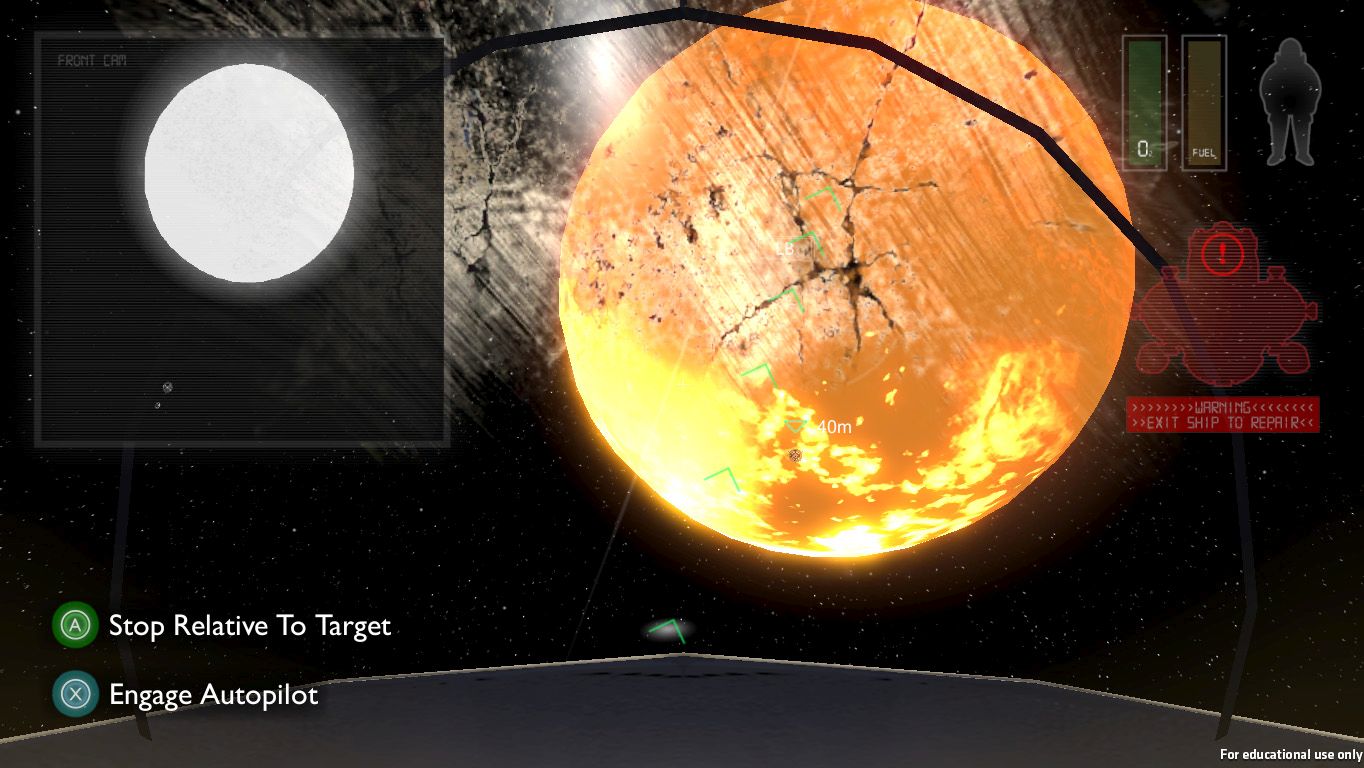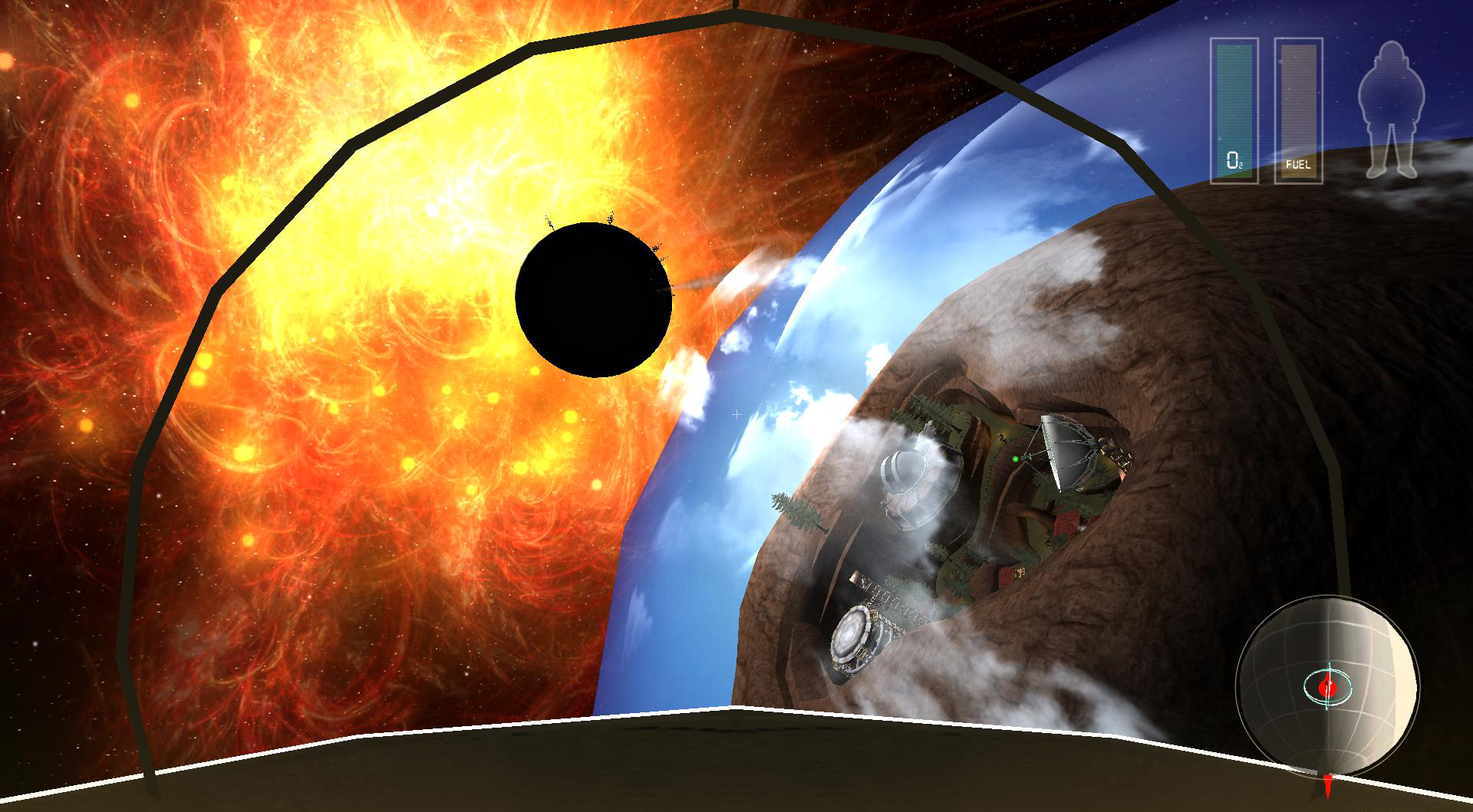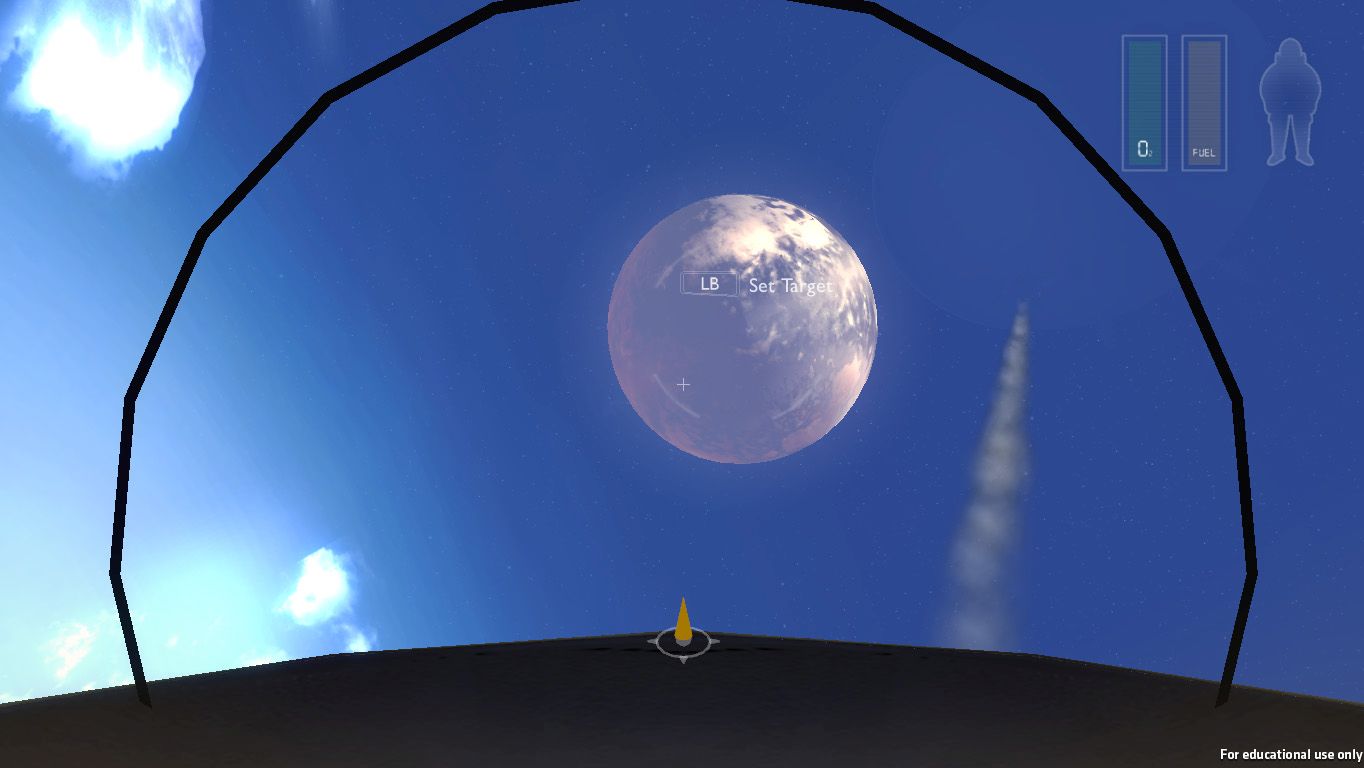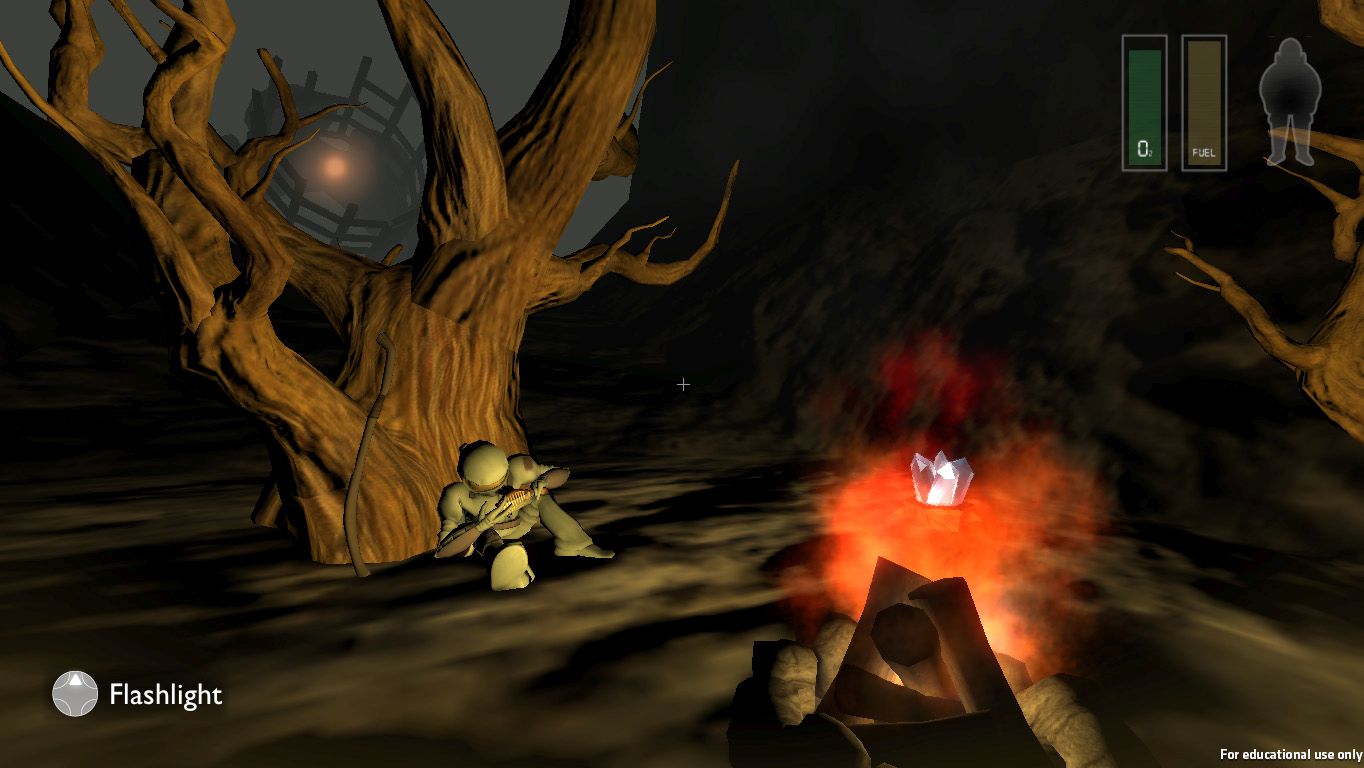Exploring the final frontier in Outer Wilds


In Now Playing PC Gamer writers talk about the game currently dominating their spare time. Today, Sam explores the final frontier in Outer Wilds.
Here’s everything I knew about Outer Wilds before I started playing: it won a slew of IGF awards and the alpha is free on the developer’s site. That’s it.
I start in a crudely-rendered, bowl-shaped alien world, next to a spacecraft launch site. To take off, I need launch codes, available at the observatory on a hill opposite. A moon orbits above.
On my way to the observatory, I speak to a few of my fellow aliens, who are all interested in seeing what lies beyond the stars but know little about it. Oh, one more thing I know about Outer Wilds before I go any further: I have 20 minutes until the sun explodes.
I enter the observatory. A number of objects displayed here hint at worlds beyond this one. The most interesting is an artefact that changes shape every time you look at it. I don’t really take in the rest of the exhibits, to be honest, because once I’ve got the launch codes, I want to use the bloody things.

Back where I started, there’s a console where I enter the codes, and next to it, a wooden lift that takes me to my little round spacecraft. The ship looks like it was was cobbled together in Wigan by Wallace from Wallace and Gromit. There’s a small cockpit, a furnace thing that’s presumably the engine, a screen for cataloguing stuff and no built-in toilet. I love it. I get an immediate feeling of ownership, probably because it’s a bit lame to look at. Like my flat, only mobile.
I pop on a space suit, sit down and take off. The sky turns from blue to black – I’m in orbit, and the scale of Outer Wilds becomes clear. The bowl I just launched from was one tiny part of an entire, functioning solar system that now surrounds me. There’s something in every direction. At close proximity, the moon I saw from the ground earlier; a mighty sun; a cluster of dark rocks ominously shrouded in fog, a giant watery-looking blue planet, and various small craft, comets and odd structures leaving a light trail. Huh. This is space, presented in a moment not unlike arriving in Columbia in BioShock Infinite, or leaving Vault 101. The production values aren’t quite there but there’s a comparable sense of wonder.
I have a feeling that I’m about to go beyond my world and break new ground – Outer Wilds perhaps captures this feeling better than any game to date. Elite: Dangerous gives you the scale of a galaxy, but Outer Wilds makes space travel feel precarious, and also oddly real. It might be simply because the spaceship is so crummy, but regardless, I began Outer Wilds as a dreamer on the ground and became an astronaut.
The biggest gaming news, reviews and hardware deals
Keep up to date with the most important stories and the best deals, as picked by the PC Gamer team.

I go to the moon, where a fellow space traveller sits by a fire. I set a course for the big blue planet and ram through its watery surface, spying weird sea creatures before being thrown out again by the pressure. I try and fail to land on an odd free-floating structure that resembles a frigate from Star Wars. Instead I badly damage my craft.
I head into the arrangement of rocks covered in fog and nervously fire a camera drone into it, earning me a snapshot of what’s waiting within. I glimpse what looks like a tentacle in the distance and change course. I eventually come across a circular rock cave, and a small fire. I land and swim over in zero-gravity. Sitting next to the fire is a guy listening to music. Pretty much the last thing I expected to find here. Shortly after, I clumsily fly into a giant alien space mouth and die. I never get to see the sun explode.
When the game resets, I take off at once in search of new stories.


